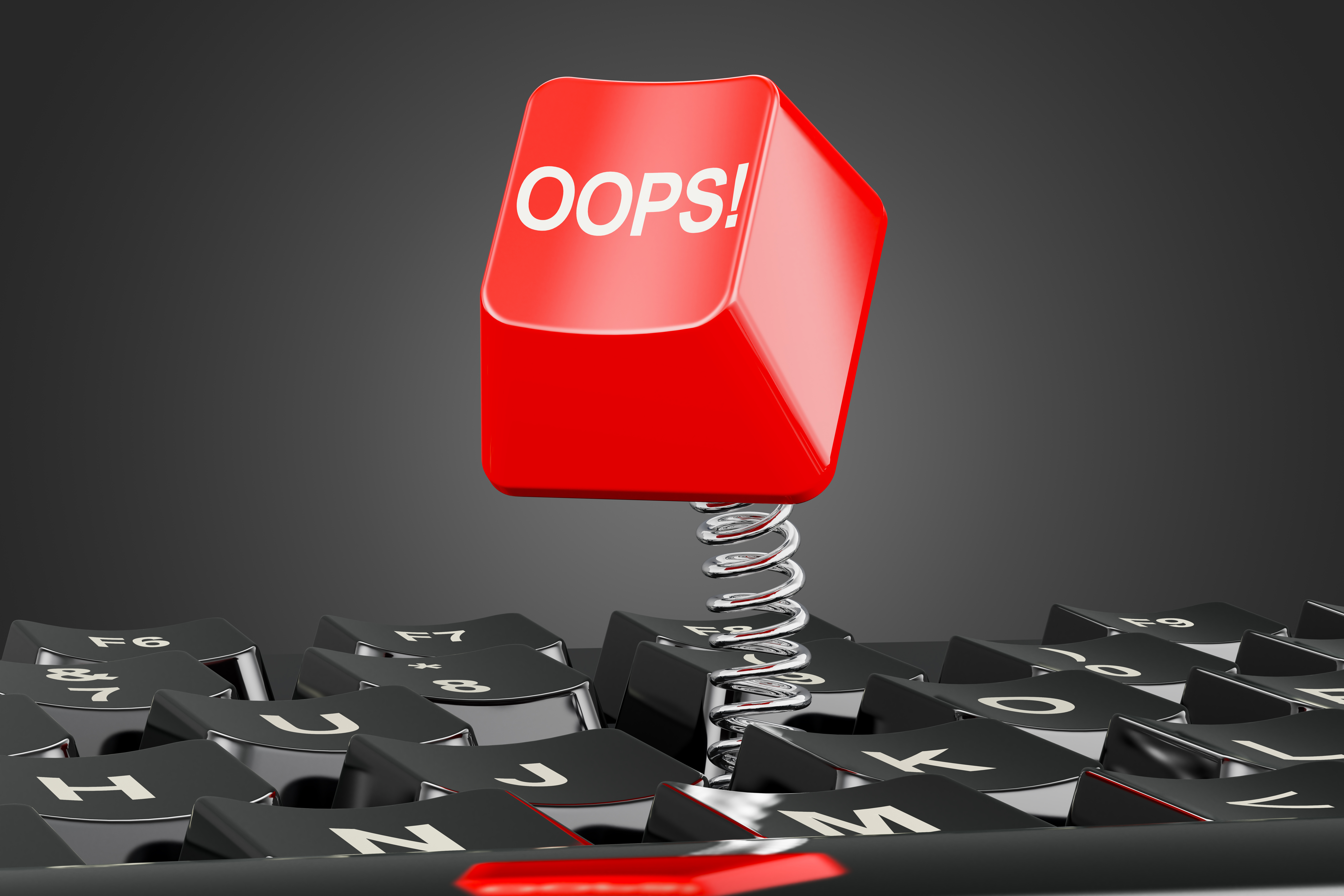Welding Done
A grinder and paint make me the welder I ain’t.
Well, I did a couple of things differently. I used the good welding helmet. I used my shop safety glasses. I got the angle more vertical.
I have two and a half welding helmets. Two auto-darkening, one by Jackson with a 3 or 4 inch tall window, the other by somebody with a 1 inch window. The cheap 1 inch window is on the welding cart. The good 4 inch window is hanging up safely.
Which did I find easier to get to when starting this? Yes, the one on the cart.
Today I fought my way through the garbage, four lathes, two milling machines, two bandsaws, a table saw, a jointer, a planer, a shaper and more to the Kennedy to get my shop glasses.
With that and the good helmet, a remarkable thing happened: I could see the puddle. Not only could I see the puddle, I could see the intersection of the two pieces of metal. I got welds that looked like a trained monkey made them instead of an untrained monkey.
All seven hangers have been attached to the beam. All hangers have been hit hard with a hammer. All rang beautifully and stayed attached.
The rattle can yellow failed, something about being good to 50° and I was spraying at 10°.
Tomorrow, the beam gets mounted, and I’m done with this part of the project. I can then move forward with window installation and completing the insulation of the lower part of the hut.
Oh, I have decided to install a handrail on the steps. 3/4 inch nominal black pipe.
Wielding, Hot Glue Version updated: Realy Bad
I do not look this cool or this hot. More than a few years ago, I gave up on stick welding. I got tired of cussing all the time. I wish I had spent more time learning how to do it well, but I never did. I “upgraded” from a Lincoln Electric “Tombstone” to a Lincoln Electric 140HD. Got a cart and a tank of gas and went to it.
I suck at this. Today I got three of the 8 hangers welded on. That includes the breaker popping twice, because of the extension cord. I’ll get rid of the extension cord today and finish this up.
You might have heard the term “stacking dimes.” There is nothing that pretty happening here. The only thing I can say with confidence is that the hangers ring when struck with a hammer, and they show no signs of cracking off. I’m now to the point where I can get nearly consistent bacon sizzle.
I’m also going to use a different pair of glasses tomorrow. I’m pretty sure that I’m blind through the visor, and not from arc flash. Just the distance isn’t right for my normal progressives. If I tilt my head to focus, the visor window no longer has the arc in view.
Wish me luck. If this gets done, a rattle can worth of yellow paint goes on this monstrosity, and then up into the loft with it.
I am a failure at welding; the fact that it works at all is a happy accident from reasonable equipment.
Update
“How bad?” you might ask. I just picked up the magnetic right angle to weld the other side of the hanger and the hanger came with it. This is why each hanger is individually tested. Yeah, I ran a very pretty bead about 1/16 in above the root.
Bad Posting
I write my articles the night before they post. They are supposed to post at 0630 Eastern time. I got started late on Saturday night. When I went to schedule the article, I set the wrong date. What you read on Monday was supposed to post on Sunday.
My error.
This does mean I get to work more on my feral children article.
Just A Little Cold
Yesterday was supposed to be a simple task: wield the eight hangers I made yesterday. They are simple hangers, 6×2 by 1/8, angled at the top with 2 3/8 inch holes to mount to the rafters.
The task for yesterday: dig the I-Beam out of the snow, put it on sawhorses, do a quick prep on the top surface, and then wield the eight hangers at 16 inches on center.
At the start of the day, it was 1° outside and in the machine shop. It got up to almost 20°. My office started at a toasty 50° and was up to nearly 60° by 1000.
Today it will be in the upper 20s, with snow. I’m going to try and make room for the beam in the shop and get this wielded up. If I can get this done, then I’m 90% of the way to completing the hut for the winter.
The following tasks are to install the window with my son’s help, get the rest of the hut insulated. Thats only a few wall bays and the ceiling.
The big issue is that I need to fix the wick on the KW-24 heater.
Wish me luck and I hope you are having a comfortable day.
Oh, I forgot to mention, the snowblower died. I need to replace the carb. This happened just before the skys dumped 8-12 inches of the white evil on us.
Question of the Week
This week, Trump signed an EO removing the CAFE standards from vehicles. These are the standards that were requiring smaller cars with smaller engines in an attempt to get more than 50 MPG across the entire fleet of vehicles offered.
My first experience with this was when the TransAm I ordered while at University was delayed because I couldn’t have the fancy seats and the lower range gearing package because the gas mileage would be too low with the heavier seats.
Are there any vehicles that you would like to see imported or made in the USA that were prohibited under the former CAFE standards?
Lawfair – Matt Hoover
This poor dude was run through the system, chewed up and finally spat out. He was released to a halfway house yesterday.
What was his huge crime?
He gave the middle finger to the ATF.
There is a gizmo called a Lightning Link. This thing is supposed to function like an autosear in an AR-15. They were never very reliable and were offered more as a proof of concept than anything else. These are not drop-in autosears.
A drop-in autosear functions to carry a regular autosear but without a need for the third hole. They work well when they are a quality build.
The thing about the autosear is that very few of them were registered as machineguns. This was a $5-10 part that required a $200 transfer stamp.
There are likely no registered Lightning Links because they work so poorly that it is unlikely that anybody registered a $1 junk part, if it even had a serial number.
Matt Hoover had a semi-popular YouTube channel. He was making money from his channel. Somebody contacted him from Wisconsin, if memory serves, and together they came up with a thump nose at ATF plan.
To have a better understanding, understand that cryptographic “stuff” is or used to be an “arm” under export control. The same as an M1 tank. Exporting a cryptographic device would land you in jail, for a long time.
When RSA was first published, there was no issue. It was First Amendment protected to publish the RSA algorithm. The same is true with DES, IDEA, BlowFish, and later, AES. These were all protected speech.
What wasn’t protected, was software implementing them. The government ignored this for the most part until Pretty Good Privacy, or PGP.
This changed the game, in the mind of the government.
The idea behind PGP was that you would use public key cryptography, in the form of RSA keys, to encrypt a small block of information. That block would contain the actual cryptographic key to decrypt the rest of the message.
This means that people can publish their public key with no fear. You can publish it in a newspaper or any web page. Anybody can then send you a message that could not be decrypted except by the person with the matching private key.
To get PGP out of the country legally, they printed it in an OCR font and just walked through customs with a printed book. The book was fully protected by the First Amendment. Once in a country that had more reasonable cryptographic export laws, development continued.
Matt Hoover and his partner decided to use the same idea. Instead of an “Arm” as defined by export law, they would print a “machine gun” as defined by the NFA.
They contracted to have a credit card sized piece of stainless-steel laser etched with an image of a Lightning Link. Except they were going to play it safe.
When the manufacturer suggested they etch the image deep enough that the pieces could be “popped out”, they refused. This was just an etching.
What came out later is that they didn’t even get the dimensions right. Again, this was intentional. If you were to actually cut the pieces out of that card, they would not create a functional device.
There was no way to make that piece of stainless-steel into a Lightning Link without extensive machining and other information.
In other words, it was no better than an expensive piece of stainless-steel.
Matt and his partner were charged with distributing machine guns; they were found guilty, and both were sentenced to prison.
Matt has cancer and has been given a compassionate release, if I understand the reports correctly.
So two dudes who were exercising their free speech rights, thumping their noses at the ATF, found out that the ATF has no sense of humor and were sentenced to prison for a crime they did not commit.
Oh, what was the proof of them selling machine guns? The ATF lab destroyed multiple autolink cards before they managed to get a modified AR-15 to malfunction. They got a second shot when the hammer followed the bolt down and fired the second round.
This could not be made to happen in any reliable way. In other words, they broke an AR and claimed it was a machine gun.
Musings Over Friendsgiving
There are some things Chris wants me to write, and I will get there probably, but not this week. This week is “getting the finances up to date,” put up the tree, put up the lights, clean up the living room of Friendsgiving stuff, do all the laundry associated with Friendsgiving (hint: it’s a lot), dishes upon dishes… You get the idea.
Chris talked about his version of Friendsgiving, and I wanted to throw my two cents in. Well, maybe more like $0.25, but anyhow… 😉
Years ago, when I still lived with my parents and was not yet adult, Thanksgiving was both a joy and a horror. My mother, bless her heart (said in Ally’s most southern ma’am voice, thick with sarcasm), was an abusive and alcoholic soul, and she made every holiday miserable. But I got to see my Hungarian grandparents, which was almost always a happy thing. As with all things that involved my mother in any way, it was very complicated.
We would wake up early, and my mother would be resentful and angry about it. These days, I realize it’s because she was likely hung over, but I don’t know that for certain. In any case, we would have a light breakfast which my father would make (my mother generally didn’t cook), and then we’d get dressed in our nice clothes and go on the two hour car ride out to my Nagymama and Nagyapa’s house. The times it was just myself and my father were nice. We had things to talk about, music we could share, and it was generally pretty chill. With my mother there, it meant we played what she wanted to listen to, and we didn’t talk much because it bothered her, and you really didn’t want to bother her.
We’d arrive at my grandparents’ house about noon or 1pm, and the turkey would just be coming out of the oven. Nagymama would always cook a massive turkey, 20+ lbs every time (in fact I didn’t know they came smaller than that until well into my adulthood!), and stuffed to the breaking point. My father would carve it up, my mother would set the table (something she was good at, thank heavens), and I would help organize the platters of food. Nagymama would bring out a big pot of turkey neck soup with perfectly clear broth (always simmered, never boiled) with homemade noodles, bits of fresh turkey meat, and a single large carrot in the center of each person’s bowl which you had to cut up with your knife. We would enjoy our soup, and then Nagymama was up again, bringing in platters upon platters of food.
She’d grown up in Hungary, in Mezőkövesd (mezo kovesh-d), which sits nestled in the shadows of the Carpathian Mountains. They were just south of Poland by about 40 to 50 miles, as the crow flies, but the mountains were in the way. My Nagyapa had been drafted into the Russian army at gunpoint during WWII, and escaped when his squad was slaughtered by the Allies. He lay under piles of his dead comrades until everyone left, then crawled out and walked some 400 or more miles home. He only ever talked about it once, and after that he’d just pat my hand and tell me “Nem bántsad,” or “Nem zavar.” They had nothing for a very, very long time. When they came to the new world, they came with a handful of photographs, two sets of clothing, their son (my father), and hope. They turned that hope into a tobacco farm, which turned into big money. They were hardly millionaires, but they were vastly comfortable.







